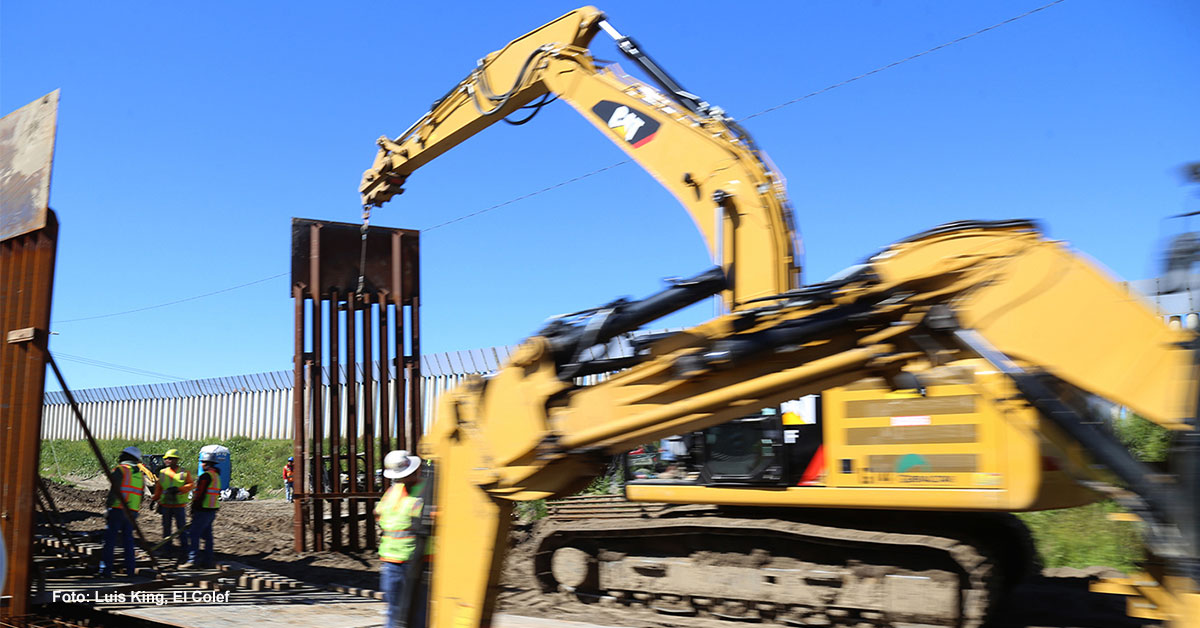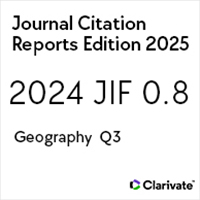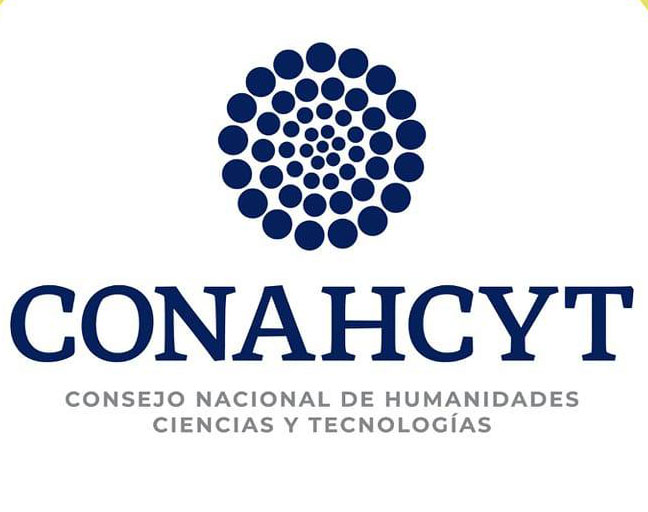Narratives of border reinforcement: The role of knowledge and communications power
Narrativas de reforzamiento de la frontera: El rol del saber y el poder de las comunicaciones
https://doi.org/10.21670/ref.1906027
Keywords:
knowledge and power, United States-Mexico border, border and power, communications powerAbstract
The general objective of this paper is to analyze and explain the paradox of why objective knowledge based upon “facts and hard data” has been insufficient to forge a narrative, particularly in the U.S. side, that would lead towards a deeper cooperation and make the U.S.-Mexico border more fluid, functional and integrated. The main question is: why the “re-territorialization” narrative of reinforcing differences and solidifying the border has prevailed? The theoretical framework that guides this analysis is the Aristotelian concept of “phronesis” or “practical wisdom” to settle beliefs that cannot be reached through an objective scientific rationality. The issue of power is of great interest in this analysis; particularly, the paper explores the relationship between knowledge and communications power as explanatory factors to understand the forging of a narrative of reinforcing borders. The conclusion is that the military-surveillance industrial complex has been the most influential actor behind the kind of knowledge that shape border policy compared to academic and scientific knowledge.Resumen
El objetivo del artículo es analizar y explicar la paradoja del por qué el saber objetivo basado en “datos y hechos” es insuficiente para crear una narrativa que conduzca a una integración y cooperación más profunda, y de esa manera producir una frontera más fluida, funcional e integrada. La pregunta central es ¿Por qué la narrativa de reterritorialización, que refuerza las diferencias y solidifica la frontera, ha prevalecido? El marco teórico que guía el análisis se fundamenta en el concepto de frónesis, que es un tipo de saber práctico a través del cual los actores sociales llegan a un acuerdo cuando este no puede lograrse por medio de la racionalidad científica. El tema de poder juega un rol importante en el análisis —particularmente, la relación entre el saber y el poder de la comunicación para articular una narrativa de diferenciación. La conclusión es que el poder de la industria militar y de vigilancia ha tenido mayor influencia en darle forma a la política fronteriza comparada con el poder de la academia y el conocimiento científico.References
Andreas, P. (2004). Illicit International Political Economy: The Clandestine Side of Globalization. Review of International Political Economy, 11(3), 641-652.
Aristotle. (2009). The Nicomachean Ethics. Oxford, United Kingdom: Oxford University Press.
Bauman, Z. (2007). Liquid Times: Living in an Age of Uncertainty. Cambridge, United Kingdom: Polity Press.
Bauman, Z. (2012). Liquid Modernity. Cambridge, United Kingdom: Polity Press.
Bernstein, R. J. (2010). The Pragmatic Turn. Cambridge, United Kingdom: Polity Press.
Blanco, H. (1994). How to think about social problems: American pragmatism and the idea of planning. Westport, Connecticut, United States: Greenwood Press.
Boehmer, C. R. & Peña, S. (2012). The Determinants of Open and Closed Borders. Journal of Borderlands Studies, 27(3), 273-285.
Bourdieu, P. (2003). Language and Symbolic Power. Boston, Massachusetts, United States: Harvard University Press.
Bourdieu, P. (2014). On the State: Lectures at the College of France 1989-1992. Malden, Massachusetts, United States: Polity Press.
Boyce, G. A. (2016). The Rugged Border: Surveillance, Policing and the Dynamic Materiality of the US/Mexico Frontier. Environment and Planning D: Society and Space, 34(2), 245-262.
Brenner, N. (1999). Beyond State-Centrism? Space, Territoriality, and Geographical Scale in Globalization Studies. Theory and Society, 28(1), 39-78.
Castells, M. (2007). Communication, Power and Counter-Power in the Network Society. International Journal of Communication, 1, 238-266.
Castells, M. (2013). Communication Power. New York, United States: Oxford University Press.
Davidow, J. (2004). The U.S. and Mexico: The Bear and the Porcupine. Princeton, United States: Markus Wiener.
Department of Homeland Security (DHS). (2016). Budget-in-Brief: Fiscal Year 2016. Retrieved from https://www.dhs.gov/sites/default/files/publications/FY_2016_DHS_Budget_in_Brief.pdf
Flyvbjerg, B. (2001). Making Social Science Matter: Why Social Inquiry Fails and how it can Succeed Again. Cambridge, United Kingdom: Cambridge University Press.
Forester, J. (2001). An Instructive Case-Study Hampered by Theoretical Puzzles: Critical Comments on Flyvbjerg’s Rationality and Power. International Planning Studies, 6(3), 263-270.
Foucault, M. (1980). Power/Knowledge: Selected Interviews and Other Writings, 1972-1977. New York, United States: Random House.
Foucault, M. (2004). Security, Territory, Population: Lectures at the College de France 1977-1978. New York, United States: Picador Palgrave.
Fuentes, C. M. & Peña, S. (2010). Globalization, Transborder Networks, and US-Mexico Border Cities. In K. Staudt, C. M. Fuentes & J. E. Monárrez (Eds.), Cities and Citizenship at the US-Mexico Border: The Paso del Norte Metropolitan Region (pp. 1-19). New York, United States: Palgrave Macmillan.
Habermas, J. (1985). The Theory of Communicative Action. Volume 1. Reason and the Rationalization of Society. Boston, Massachusetts, United States: Beacon Press.
Harvey, D. (2006). Spaces of Global Capitalism. New York, United States: Verso.
Hayes, B. (2012). The Surveillance-Industrial Complex. In K. Ball, K. D. Haggerty & D. Lyon (Eds.), Routledge Handbook of Surveillance Studies (pp. 167-175). Abingdon, United Kingdom: Routledge.
Heyman, J. (2012). Capitalism and US Policy at the Mexican Border. Dialectical Anthropology, 36, 263-277.
Heyman, J. (2017). Contributions of U.S.-Mexico Border Studies to Social Science Theory. In C. Vélez-Ibáñez & J. Heyman (Eds.), The US-Mexico Transborder Region. Cultural Dynamics and Historical Interactions (pp. 44-64). United States: University of Arizona Press.
Lyon, D. (2010). Liquid Surveillance: The Contribution of Zygmunt Bauman to Surveillance Studies. International Political Sociology, 4, 325-338.
Meyer, L. (December 22, 2016). Construir un poder blando. Reforma. Retrieved from http://www.reforma.com/aplicaciones/editoriales/editorial.aspx?id=103703
Morgenthau, H. J. (2014). A Realist Theory of international politics. In C. Elman & M. A. Jensen (Eds.), Realism Reader (pp. 53-59). New York, United States: Routledge.
Newman, D. (2003). On Borders and Power: A Theoretical Framework. Journal of Borderlands Studies, 18(1) 13-25.
Nunez-Neto, B. (2008). Border Security: The Role of the U.S. Border Patrol. Retrieved from http://digitalcommons.ilr.cornell.edu/cgi/viewcontent.cgi?article=1577&context=key_workplace
Paasi, A. (2010). Commentary: Regions are Social Constructs, but who or What `Constructs' Them? Agency in Question. Environment and Planning, 42, 2296-2301.
Paasi, A. (2011). The Region, Identity, and Power. Procedia Social and Behavioral Sciences, 14, 9-16.
Pallitto, R. & Heyman, J. (2008). Theorizing Cross-Border Mobility: Surveillance, Security and Identity. Surveillance & Society, 5(3), 315-333.
Passel, J. S. & D’Vera, C. (2014). Unauthorized Immigrant Totals Rise in 7 States, Fall in 14: Decline in Those From Mexico Fuels Most State Decreases. Washington, District of Columbia, United States: Pew Research Center’s Hispanic Trends Project.
Ross, A. (Ed.). (1996). Science Wars. United States: Duke University Press.
Salter, M. B. (2006). The Global Visa Regime and the Political Technologies of the International Self: Borders, Bodies, Biopolitics. Alternatives: Global, Local, Political, 31(2), 167-189.
Sassen, S. (2007). A Sociology of Globalization. New York, United States: W.W. Norton & Co.
Silva-Herzog, J. (March 14, 2016). El abandono de una voz. Reforma. Retrieved from https://www.reforma.com/aplicacioneslibre/preacceso/articulo/default.aspx?id=84205&urlredirect=https://www.reforma.com/aplicaciones/editoriales/editorial.aspx?id=84205
Slack, J., Martínez, D. E., Lee, A. E. & Whiteford, S. (2016). The Geography of Border Militarization: Violence, Death and Health in Mexico and the United States. Journal of Latin American Geography, 15(1), 7-32.
Sohn, C. (2014). The Border as a Resource in the Global Urban Space: A Contribution to the Cross‐Border Metropolis Hypothesis. International Journal of Urban and Regional Research, 38, 1697-1711.
Sparke, M. D., Sidaway, J., Bunnell, T. & Grundy-Warr, C. (2004). Triangulating the Borderless World: Geographies of Power in the Indonesia-Malaysia-Singapore Growth Triangle. Transactions of the Institute of British Geographers, 29, 485-498.
Taylor, P. J. (2003). The State as a Container: Territoriality in the Modern World System. In N. Brenner, B. Jessop, M. Jones & G. Macleod (Eds.), State/Space: A Reader (pp. 101-114). Malden, Massachusetts, United States: Blackwell Publishing.
U.S. Customs and Border Protection. (2015a). On a Typical Day in Fiscal Year 2015, CBP. Retrieved from https://www.cbp.gov/newsroom/stats/typical-day-fy2015
U.S. Customs and Border Protection. (2015b). Southwest Border Unaccompanied Alien Children Statistics FY 2015. Retrieved from https://www.cbp.gov/newsroom/stats/southwest-border-unaccompanied-children/fy-2015
U.S. Department of Homeland Security. (2015). Welcome to the Centers of Excellence. Retrieved from https://www.dhs.gov/science-and-technology/centers-excellence
































